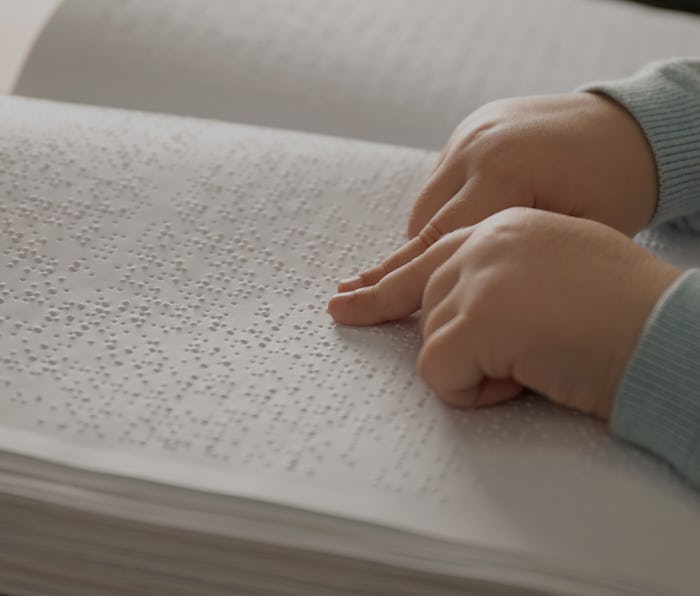Tech
Google just released a virtual braille keyboard for Android
Prior to this, blind and low-vision users needed to bring their own braille hardware keyboards.

Google launched a virtual braille keyboard for Android today. Previously, users with blindness or low vision had to attach an external braille keyboard in order to type. Every version of Android 5.0 and later will receive the new keyboard, which supports braille grade 1 and grade 2 in English.
"TalkBack braille keyboard is a new virtual braille keyboard integrated directly into Android," said Google in a blog post. "As part of our mission to make the world’s information universally accessible, we hope this keyboard can broadly expand braille literacy and exposure among blind and low vision people."
The TalkBack keyboard utilizes a 6-key layout and should function as anyone already familiar with braille would expect. Each key represents one of the six braille dots. Tapping any combination of keys will create the desired character. For instance, tapping dot 1 creates the letter "A," tapping dots 1 and 2 simultaneously creates the letter "B," and so on and so forth.
Maintaining braille literacy — There have long been fears among advocates for the blind that the rise of smartphones could cause blind people to give up braille. The problem with that, however, is that not knowing braille effectively makes a blind person illiterate. Braille is how they write out words, and if they're just relying on speech-to-text, they may not learn how to spell words or read anything written in braille. Therefore, part of Google's intention with TalkBack is to help keep the 150-year-old writing system alive.
Besides typing letters, TalkBack can also delete letters and words. A swipe left deletes a letter, while a two-finger swipe left will delete a whole word. Spaces can be added by swiping right.
TalkBack is part of the Android Accessibility Suite, which includes a range of other tools to help people with visual impairments navigate their devices. According to the World Health Organization, more than 2.2 billion people worldwide have a visual impairment.